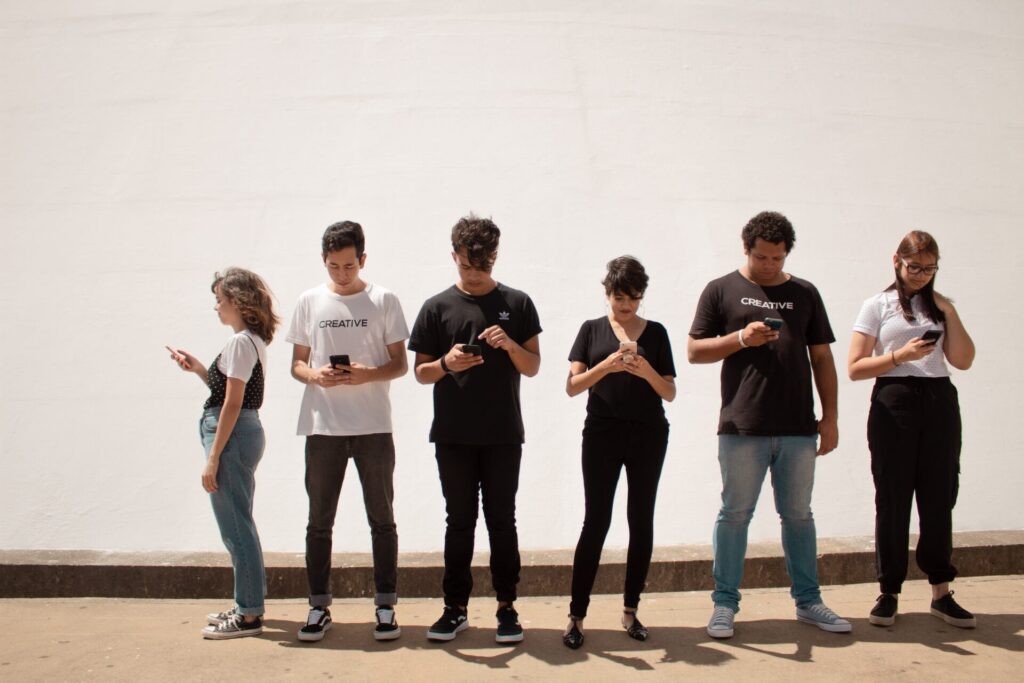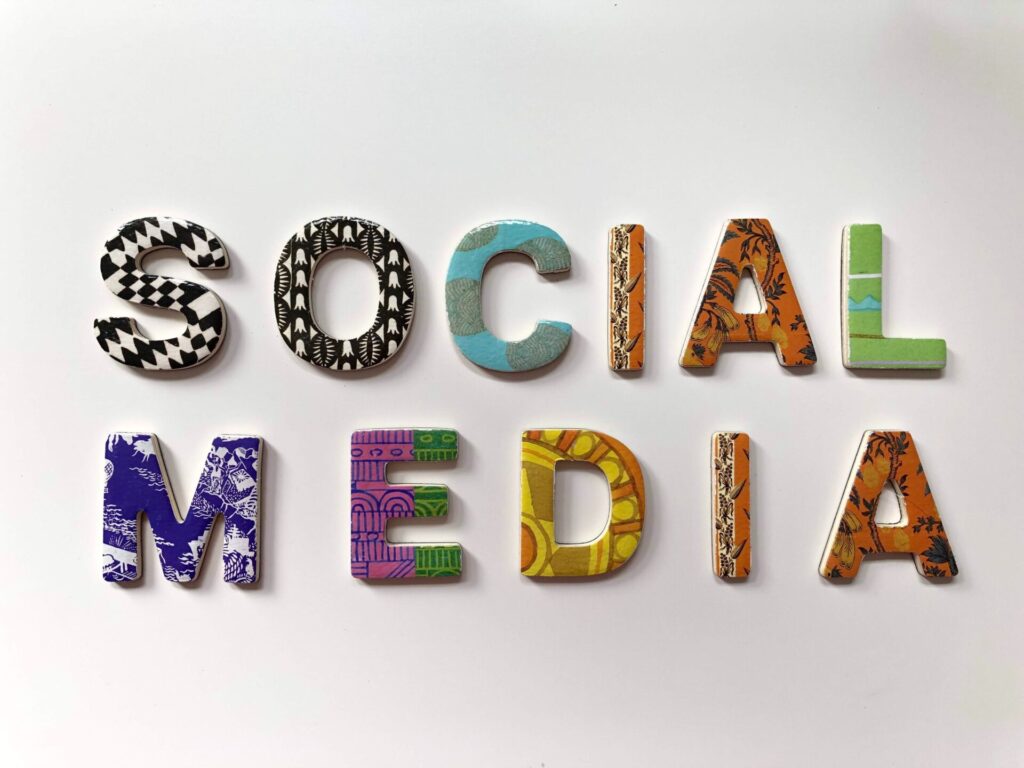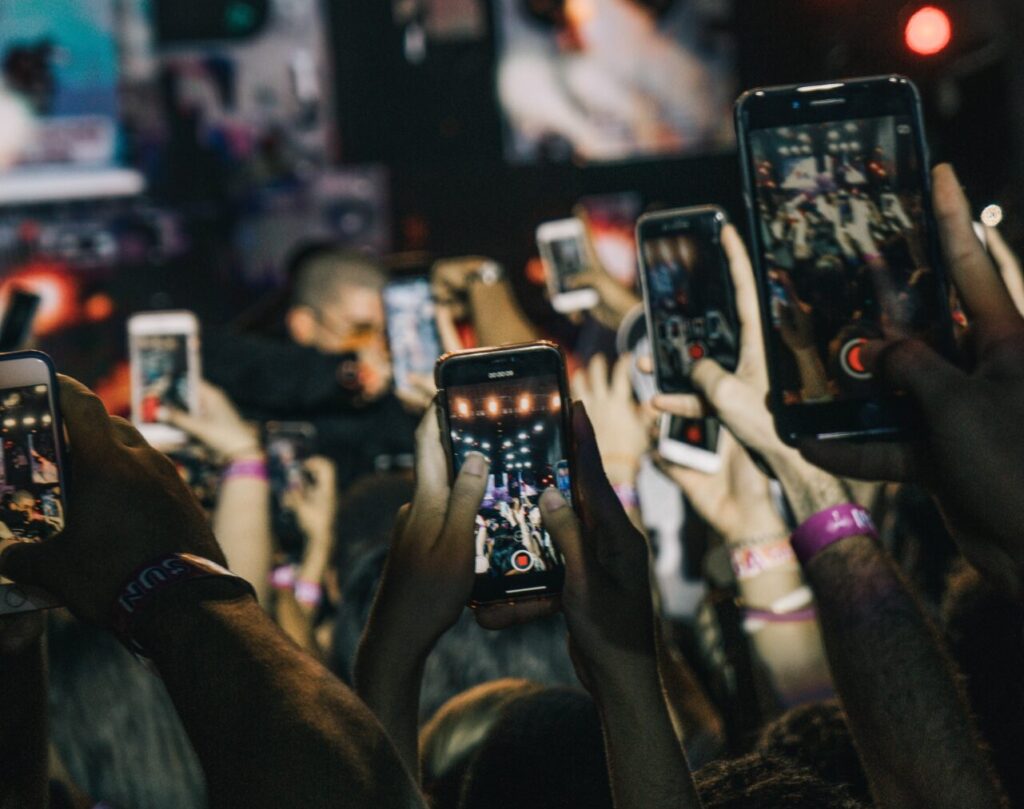
A recent survey found that 54% of Gen Zers spend at least four hours daily on social media. That’s… a lot.
In truth, the digital world is all they know: They were born between 1997 and 2013, and they’re the first generation to grow up having computers as a common household item.
Their alternative alias is even “digital natives.”
Gen Z’s primary connection with the world is through screens, and unlimited access to the internet has meant a plethora of information that no other generation has dealt with at their age.
They’ve been a part of social media from a young age, where knowledge is taken to another level. Now, we have everyone’s opinion on anything.
People who are angry, lonely, and yearning for validation have jumped on social media to exert their points of view and engage with like-minded individuals, with some readers often taking those opinions as fact.
As a result, people have grown wary of misinformation in the media, especially with cases like Fox News’ lack of truthful reporting after the 2020 elections.
Despite all of this, social media still proves to be a force of good. Several grassroots movements, like Women’s March and Black Lives Matter, show that having meaningful conversations and uniting to create positive change on socials like Facebook, Instagram, and Twitter is possible.
51% of Gen Zers use social media to inform themselves—this means their political opinions are widely shaped by what they read online.
Recently, they stormed the polls in the last midterm elections to vote blue, announcing their impact on future elections.
Let’s explore the importance of social media for Gen Z’s political views and why relying on objective information amid agendas is still key to informing the young generation’s opinion.

Social Media Triggered Gen Z’s Impact On American Politics
Young voters surprised America recently by going to the polls and stopping the country from a predicted “red wave.” Although it’s impressive, it comes as no surprise.
Gen Z was firm on matters like abortion; in fact, 72% of women aged 18 to 29 voted for democrats in the wake of the Roe vs. Wade overturn.
More exposure to information is making the younger generation participate fiercely in the country’s politics.
While Millennials and Baby Boomers saw problems as depressors, the young generations see them as stressors, encouraging them to act on issues affecting their future.
Thus, environmental sustainability and human rights are front row and center for Gen Zers, especially with issues such as gun violence and climate change impacting their daily lives.
Moreover, 70% of Gen Z are involved in a social or political cause. One of the biggest examples of their activism is Greta Thunberg’s 2018 Strike 4 Climate initiative—which eventually became Fridays For Future.
The initiative pushed climate legislation on the Swedish government under the Paris Agreement. Since then, her movement spread across all continents to yield positive change.
Elsewhere, in the US, states issued laws demanding renewable energy, and prestigious universities divested their funds from fossil fuels, pressured by student campaigns.
These powerful initiatives have two things in common: Gen Z started and led the efforts, and social media was their main outlet for spreading the word and organizing meetings and rallies.
The State of Bias On Social Media
They say with great power comes great responsibility. Young people are coping with massive amounts of information, and now, apps are beginning to tailor feeds to fit their tastes, enclosing everyone in echo chambers.
Platforms know users’ preferences so well that they’ll continue to show them similar content—sealing them in a vacuum of limited beliefs, especially politics-related.
The short-form video platform TikTok pioneers accurate algorithms, perhaps making the For You page a little too accurate.
Such targeted content can reinforce people’s opinions rather than challenge them, building further extremist views.
Unfortunately, the app keeps growing in popularity among young generations while maintaining its bias-inducing algorithm.
Video is set to become the most consumed media format, with Gen Zers believing it will dominate the internet in five years.
While videos are great for quick and informative content, they’re also difficult to fact-check, and some platforms aren’t doing their best to protect their viewers from political bias.
In the last mid-term elections, YouTube expertly filtered misinformation around candidates. However, TikTok failed miserably by approving 90% of tiktoks containing false political claims.
Selective avoidance also affects how young people consume news.
This means people subscribe to and follow like-minded individuals and purposely avoid those with differing opinions or concepts they don’t understand.
For example, a Reuters Institute study found that people under 35 avoid the news the most due to a lack of understanding of what they’re reading.
So, once they’ve identified with a narrative, they’ll most likely continue to inform themselves about this and tune out everything else. Doing so splits the whole spectrum of information, creating polarization.

Increasing Polarization Calls for Objective Outlets
Social media isn’t an ideal source for objectivity, seeing that its users are the ones spreading biased opinions.
A study from Princeton University found that 15% of regular social platform users account for 30-40% of misinformation created online.
Their reasons for sharing false information stem from wanting to engage with others and gain attention.
Moreover, it’s not always human users causing the trouble—in many instances, it’s bots. Twitter is one of the platforms suffering from heavy misinformation from spam bots, or fake automated social media profiles.
Recently, some devious accounts favoring former US president Donald Trump have been attacking Republican presidential candidates Nikki Haley and Ron DeSantis, further manipulating people’s political opinions.
Although it might be a difficult feat to eliminate them, Elon Musk, as the new owner of the social media platform, pledged to end these accounts (results remain to show).
Another notable and chill-inducing example is the Cambridge Analytica and Facebook scandal.
In 2018, the news opened a can of worms, and the public began mistrusting social media platforms after knowing they could sell their data to upend people’s opinions.
The case sounded alarms, making people seek objective media outlets to no avail.
So, what could solve these biases? The answer is usually where the money isn’t. Many independent news aggregators, like AllSides and The Factual, work towards uncovering media bias and attempting to deliver objective news, which, in today’s landscape, is a breath of fresh air.
Other websites, like Ballotpedia.org, depend on people’s donations and exclusively inform on non-partisan politics while encouraging citizens to vote.
Ultimately, sites funded by private or public entities might have their share of bias towards those entities’ interests.
The driving force of politics and the heart of democracy both rely on unbiased information.
Despite Gen Z’s high exposure to social media and reports of being left-leaning, recent studies have found they’re issue-oriented and might remain party-agnostic—a promising sign of objectivity.
News outlets and social platforms refuse to take accountability for their influential algorithms and enabling of misinformation, so it’s in the young generation’s hands to seek impartial information and stay as neutral as possible to uphold democracy.
This article was originally published by Kelly Riordan on Hackernoon.




